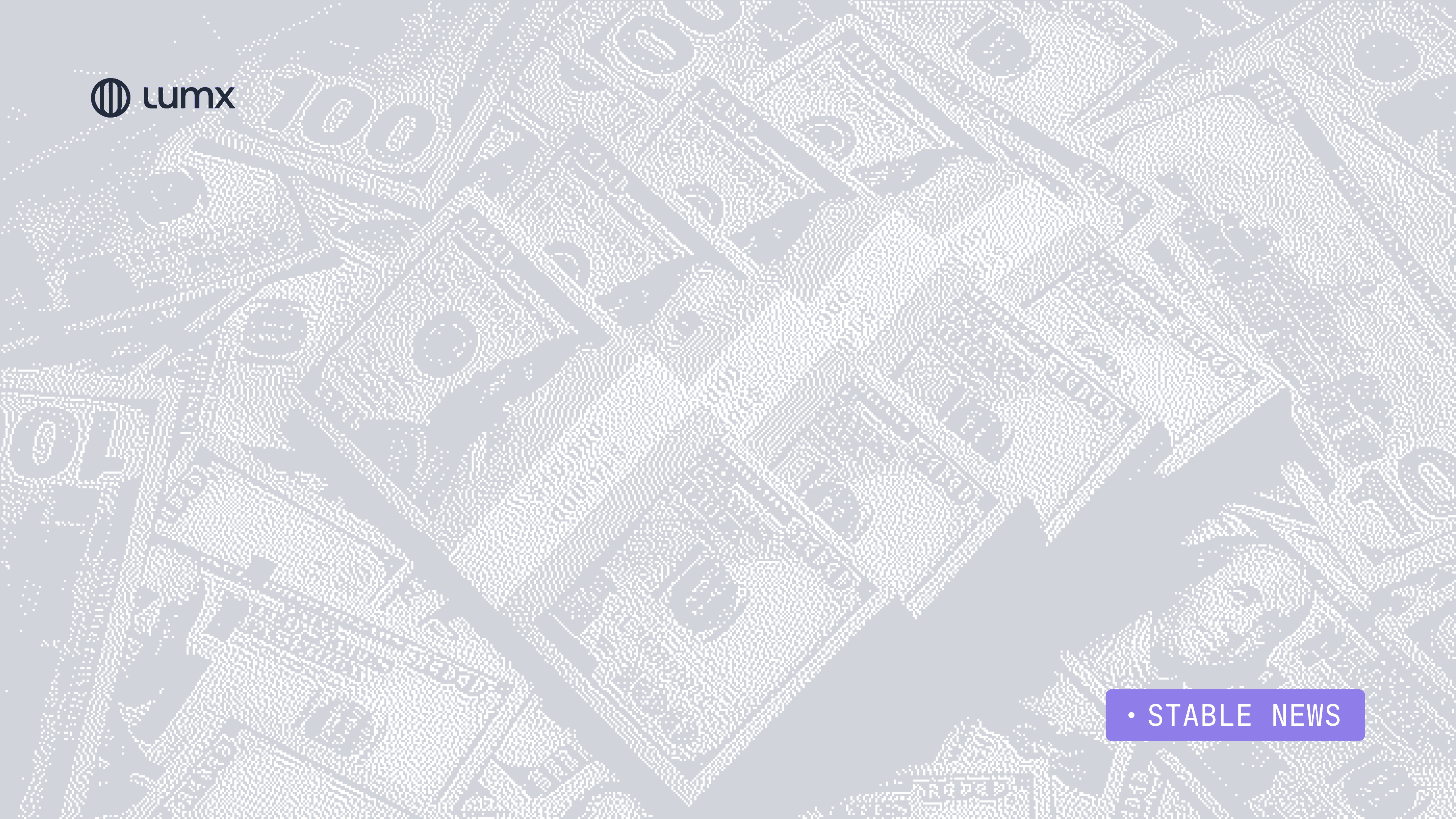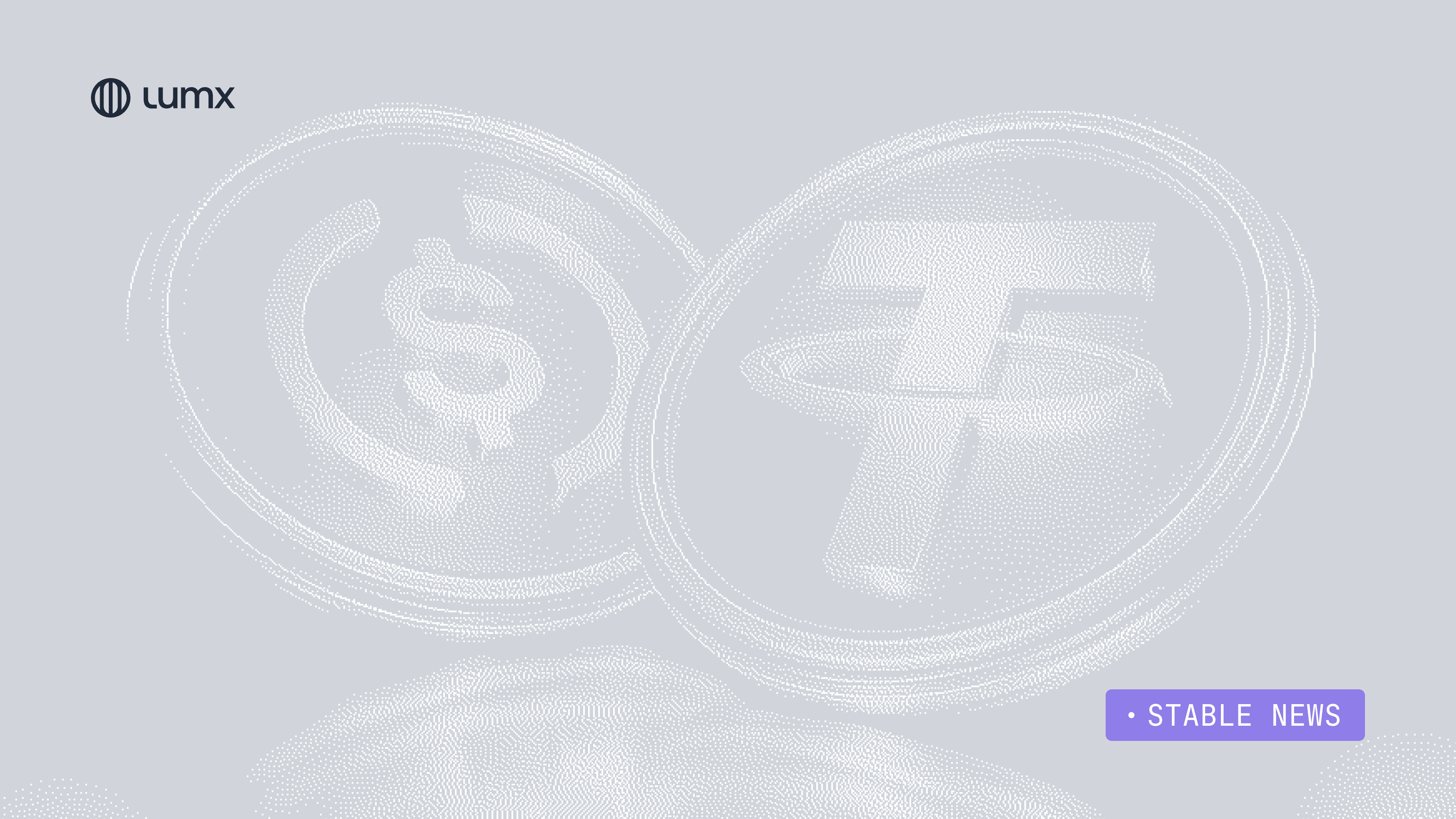The foreign exchange (FX) market is on the verge of a profound transformation. With $7.5 trillion traded daily, FX remains one of the last frontiers untouched by stablecoins. While the “stablecoin sandwich” model has already gained ground in cross-border payments, a new architecture, dubbed the “stablecoin sundae” by Ben Reid, is emerging, with the potential to cut costs by up to 90% and democratize access to the global FX market.
You might also like:
→ What are stablecoins and why they are redefining payments in Latin America
→ From Circle to Hong Kong: the advance of stablecoins in the digital financial system
→ How B2B fintechs are approaching stablecoin payments
The Stablecoin Sandwich
The stablecoin sandwich has become the dominant structure for moving money across borders, using the fiat–stablecoin–fiat architecture. In this approach, stablecoins act as the “filling” between two slices of fiat, creating an efficient bridge between traditionally fragmented monetary systems.
Data from Keyrock and Bitso indicates that stablecoin payments could reach $1 trillion annually by 2030, driven largely by B2B and P2P adoption. In Brazil, this growth is already visible: weekly BRL-denominated stablecoin transfers jumped from $5 million in January 2024 to $132 million in July 2025.
Key characteristics of the current model:
Currency independence: The stablecoin used in the middle does not need to match the fiat currencies on either end. USDC and USDT dominate 97% of the global market, serving as a universal denominator.
Tech abstraction: Senders and receivers often don’t care which stablecoin was used. What matters is speed, security, and, above all, cost efficiency.
Two friction points: Main costs lie in fiat → stablecoin and stablecoin→fiat conversions, each typically incurring FX fees of 40–100 basis points in emerging-market pairs.
The Liquidity Challenge
Despite its advantages, the sandwich model has structural limitations. Someone must still provide liquidity in the destination currency, which creates material costs. This forces companies to pre-fund balances across dozens of markets, tying up capital that could otherwise be used productively.
The Stablecoin Sundae
The sundae model represents a significant conceptual evolution, based on a key insight: local stablecoin issuers mint and burn 1:1 against fiat reserves, making their reserves the perfect source of local liquidity, at effectively zero FX cost.
Instead of just fiat–stablecoin–fiat, the sundae implements fiat–stablecoin–stablecoin–fiat, ideally involving local issuers at both ends.
The Zero-Fee Innovation
The additional layer of stablecoins in the sundae model is crucial because it enables zero FX fees in the initial fiat→stablecoin and final stablecoin→fiat conversions.
Imagine a scenario where, instead of converting Brazilian reais into USDC and paying an FX spread, the funds are swapped for a real-backed stablecoin on a 1:1 basis by the issuer itself.
This structure eliminates FX fees on both ends because:
Issuers don’t charge mint/burn fees: Most local stablecoin issuers operate on a 1:1 basis without spreads.
Reserves as a source of liquidity: Issuers’ reserves naturally become the liquidity source for off-ramps, directly leveraging their treasury operations.
Vertical integration: When issuers become orchestrators, they eliminate intermediaries and their corresponding margins.
Emerging Practical Examples
Several companies are already implementing versions of this integrated model:
Ripple combines issuance (XRP, RLUSD) with orchestration through On-Demand Liquidity.
Circle has expanded beyond USDC issuance to create the Circle Payments Network.
Bitso has been orchestrating payments in Latin America for years and now, through its subsidiary Juno, issues Mexican (MXNB) and Brazilian (BRL1) stablecoins.
FX On-Chain
The true innovation of the sundae lies in how the conversion from Stablecoin A → Stablecoin B occurs. This is where the magic (and the most evolutionary aspect) comes to life: FX migrates entirely to the blockchain.
Decentralized exchanges as FX infrastructure
The model implements conversion through decentralized exchanges (DEXs), which can be permissioned (as on XRPL) or, more commonly, open. This fundamentally democratizes the FX market, expanding the universe of liquidity providers beyond traditional investment desks to include, theoretically, “all global money.”
The result is transformational:
No correspondent banks
No pre-funding
No settlement lag
Atomic settlement collapsing the distinction between FX and settlement into a single transaction
Cost reduction potential
Market analyses suggest dramatic savings. In a traditional pre-funded $1 million payment, total costs range between $7,250–9,750 (70–100 bps), including:
Base FX spread
Pre-funding costs
Correspondent banking fees
Operational risk
Regulatory compliance
The on-chain FX model, using Automated Market Makers (AMMs), could reduce total costs to $1,020–2,020 (10–20 bps) for the same payment: a reduction of 85–90%.
Challenges and Opportunities for Adoption
Liquidity as a limiting factor
In version 1.0, the stablecoin sundae will likely not be able to compete with established channels, especially in G10 corridors. The cost is determined by liquidity, and early experiments will not be able to attract on-chain liquidity comparable to traditional channels.However, serious companies are already committing real liquidity to on-chain FX markets, and major players are putting together the ingredients of the sundae as we speak.
Automation and operational efficiency
The startup Nonco exemplifies this evolution by launching FX On-Chain on Avalanche, automating conversions between stablecoins backed by local currency and the dollar. The protocol promises international payments that are 5% cheaper and more transparent, starting with the USD-MXN pair and expanding to USD-BRL and EUR-USD.Atomic swaps and payment-vs-payment
The underlying technology uses atomic swaps, mechanisms that ensure both legs of a transaction are settled simultaneously or not settled at all. This eliminates counterparty risk, a key advantage over traditional systems where one-third of FX trades face settlement risk.
The Hash Timelock Contracts (HTLCs) that enable atomic swaps function like "virtual vaults" with two security keys:
Hashlock: Both parties must submit cryptographic proofs.
Timelock: If execution does not occur within the time limit, funds are returned to the original owners.
The Multipolar Future of Stablecoins
Beyond the Dollar’s Dominance
While dollar-backed stablecoins currently dominate, experts foresee a multipolar future. Harvey Li, from Tokenization Insight, notes:
“The stablecoin market today is almost entirely denominated in USD, but this will not last. As tokenized payment use cases expand, we will see growing demand for stablecoins tied to domestic currencies.”
Integration with Tokenized Assets
The true potential emerges when stablecoins integrate with the tokenization of traditional assets. Instead of liquidating mutual funds and transferring manually, a U.S. company could instantly swap tokenized fixed-income holdings (such as USDY) for local stablecoins (such as TRYB) to settle supplier payments in Turkey.
The New York Fed’s Project Pine illustrates this future, where banks in need of liquidity could deposit tokenized collateral and receive digital reserves through smart contracts, without manual steps.
A Phase Transition in Payments
The stablecoin sundae signals the start of a phase transition in payments. Mike Novogratz, from Galaxy Digital, predicts that stablecoins will replace the FX market within five years, warning that countries need to “get on board or be left behind.”
With the stablecoin market surpassing $260 billion and payment volumes projected to reach $1 trillion by 2030, we are witnessing the construction of a new monetary infrastructure. One that promises:
Instant settlement 24/7
Full price transparency
Democratic access to FX liquidity
Elimination of costly intermediaries
For companies and institutions, the question is no longer “if” stablecoins will transform payments, but when and how to position themselves in this new architecture. The sundae is already being prepared, and it is time to taste it.








